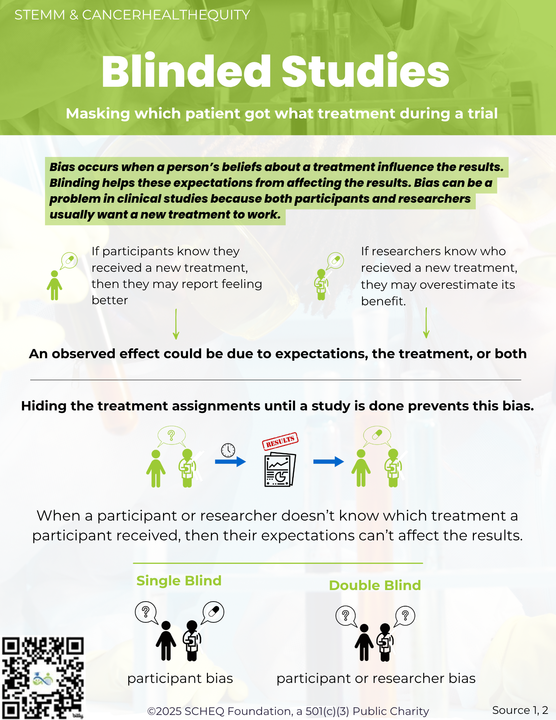Baruj Benacerraf was born in 1920 in Caracas, Venezuela to Spanish-Jewish parents. His early childhood was spent in Paris, France where his family stayed until the early 1930s before fleeing back to Venezuela under the threat of the Second World War. Benacerraf’s father was a textile merchant and importer, and hoped his son would follow in his footsteps to take over the family business. In 1940, the family moved from Venezuela to the United States and Benacerraf attended Columbia University where he graduated with a BS in the School of General Studies in 1942. Benacerraf applied to medical schools only to be rejected by all of the schools he applied to. Through the help of a family friend, he interviewed and was admitted to the Medical College of Virginia of Richmond (now VCU) in 1943 and earned his MD. He was drafted by the U.S. Army as part of the wartime medical training program and later became naturalized that same year. He interned at Queens General Hospital in New York City in 1945 and was commissioned First Lieutenant in the U.S. Army Medical Corps in 1946. Benacerraf then served as a community medicine doctor in Paris, France before being discharged from the military in 1947.
Driven by his intellectual curiosity, he then pursued a career in medical research by joining the lab of Elvin Kabat at the Neurological Institute of Columbia University Medical Center. He and his family then moved to Broussais Hospital in Paris to work in the laboratory of Bernard Halpern where he worked for six years. Bernacerraf wrote that his ability to pursue his scientific career and establish his independent laboratory would be hindered in France, and thus he moved back to the United States in 1956. He accepted a position at New York University School of Medicine and directed an immunology laboratory at the National Institute of Allergy and Infectious Diseases (NIAID) from 1968-1970. In 1970, he returned to academia to Chair the Department of Comparative Pathology at Harvard Medical School (1970-1980) and served as the CEO of the Dana-Farber Cancer Institute from 1980-1991.
Scientifically, Benacerraf is credited with being a pioneer in immunology with notable discoveries such as the identification of the Fc receptors of antibodies, the classification of IgG antibodies as well as others. During his time at NYU, he collaborated with fellow scientists Bernard Levine and Ira Greene to characterize the immune response (IR) locus. This work led to the discovery that IR genes Bernacerraf had identified were major histocompatibility (MHC) genes, which led to a Nobel Prize for Physiology or Medicine in 1980. Dr. Benacerraf passed away in 2011 at the age of 90 and is remembered today as a physician-scientist, pioneer in immunology, and mentor to both physicians and scientists.
Sources:
- https://www.nobelprize.org/prizes/medicine/1980/benacerraf/biographical/
- https://www.aai.org/About/History/Past-Presidents-and-Officers/BarujBenacerraf#gsc.tab=0
- /https://fa.hms.harvard.edu/files/hmsofa/files/memorial_minute_benacerraf_baruj.pdf
- https://www.nobelprize.org/prizes/medicine/1980/benacerraf/facts/
- https://www.ncbi.nlm.nih.gov/pmc/articles/PMC3368470/
- https://www.dana-farber.org/newsroom/news-releases/2011/baruj-ben




